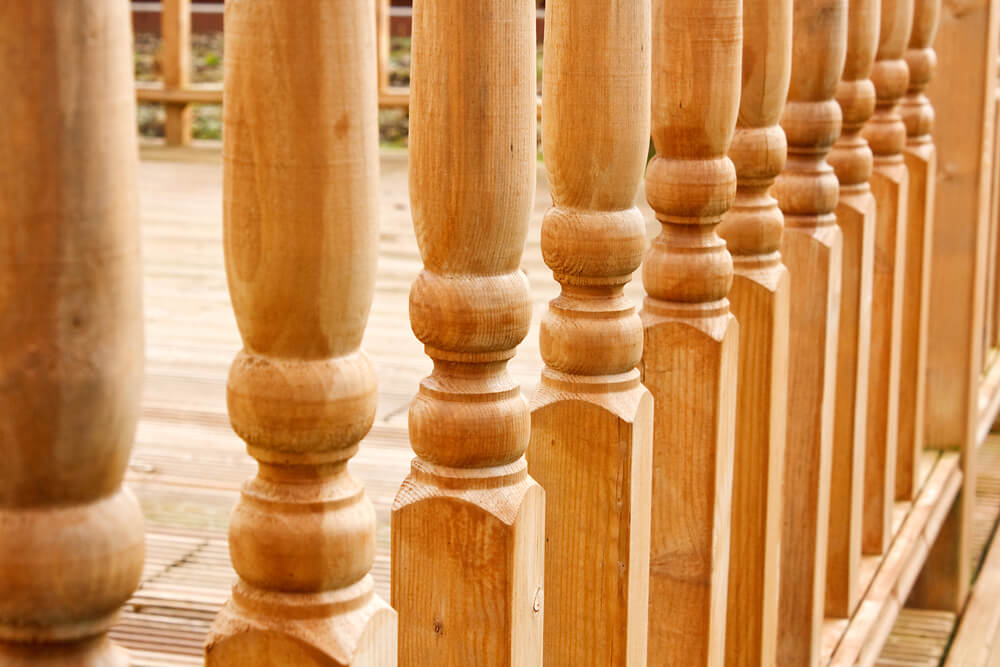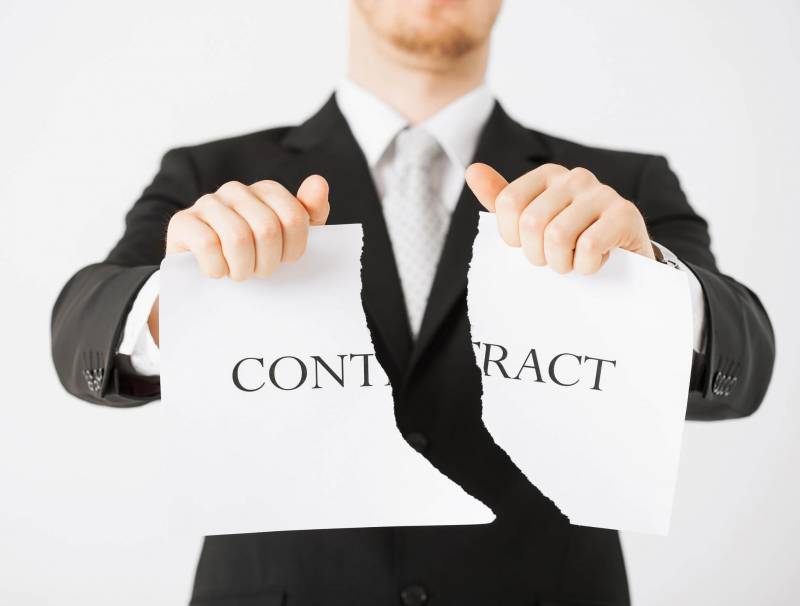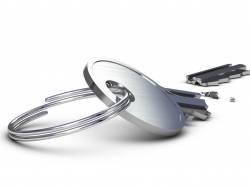What is A Balustrade?
You might not understand what a balustrade is, but I'm sure you've seen it quite often. The balustrade is found lining terraces and staircases. It is also regarded as a row of small columns capped by a rail. The term balustrade was derived from the constituent posts named balusters, explains Blackburn & Co Ltd, a seasoned fabricator in London. The name was coined in the 17th century in Italy because of its resemblance to the blossoming pomegranate flowers (balaustra in Italian). The balustrade is used for preventing the possibility of someone falling off the stairway.
The Balustrades remain relevant in the architectural world of today. It can be carved into several shapes and the materials used for building them ranges from wrought-iron to simple wood for both practical and decorative purposes.
What's the difference between banisters, handrails, and balustrades?
Balustrades
A typical balustrade is made of several vertical posts called balusters. The banisters are interconnected and evenly spaced. However, the modern balustrade on the stairs of your home will be found under the handrail. They can be found along landings and also in public parks.
Banisters and handrails
Banisters and handrails are mostly used interchangeably because they can be used for almost the same purpose. They are used to describe the railings on the staircase. They are used for the following purposes, namely:
● Stability
● Decorative appeal
● Safety
The main difference between the two aforementioned is that banisters are mainly found on staircases while handrails can be found anywhere.
The shape of the baluster
The balustrade, as I have said earlier, is defined as any series or vertical or upright bracings found between rails. It includes simple posts and spindles.
The Baluster is a shape that originates from the Latin and Greek word for wild pomegranate flowers which are fruits found in Asia, Middle East, Mediterranean, and India. The Baluster is also referred to as a shapely decorative choice.
The shape of the Baluster was portrayed in jugs, pottery, and wall carving in several parts of the world from the earliest civilizations. The potter's wheel was established at around 3500 BC.
Today, both balustrades and balusters are known as the basis of architectural details since railings and stairways are in play. Most people use the common word banisters which is a mispronunciation or corruption of balusters.
How to preserve the balustrades
You will agree with me that the exterior balustrades are more prone to deterioration and decay than interior balustrades. Proper design, installation, and regular maintenance are pertinent in keeping and preserving your balustrades from being affected by climatic factors. (since most balustrades are made of wood).
The United States General Services Administration (GSA) defines balustrade by its parts, the balustrades which consist of "the footrail, handrail, and balusters. The footrail and handrail are joined at both ends to a post or column. The balusters are the vertical posts that connect the rails to form a balustrade.
Most wooden balustrades are prone to deterioration or decay for a wide variety of reasons which includes butt joints that can be subjected to little change in moisture and exposed end grain from the production process.
The only way you can care for your balustrade is by constant inspection and adequate maintenance if you can keep those two practices consistent. I can assure you your balustrade will last longer than it ought to. If you want to differentiate between a wooden balustrade in good condition and a decayed balustrade, the texture of the former will be rigid and free from decay while the latter will be soft and light in weight.
The wooden balustrade in good condition will possess a surface that can repel water with excellent caulked and tight joints.
For the exterior cast stone (concrete) balusters, they are prone to moisture problems if not correctly installed, designed and adequately inspected. Balusters come in diverse shapes and sizes. Note that the quality of the thickness and construction of the baluster's neck may affect its durability.
You should get your railings and balustrades from a reputable firm with experience in custom and ornamental work rather than a precast concrete firm.
Why do you have to preserve your balustrades?
You might want to ask yourself the reason why there are balustrades in public buildings and why you need it in your home. Why can't you encase them in plastic or metals to keep them from environmental hazards?
Well, the answer to your question is simple! Railings and Balustrades are not only a safety and practical feature. According to architectural historian Aleca Sullivan and John Leeke, "they are typically highly visible decorative elements. Unfortunately, balusters and balustrades are usually covered, altered, completely replaced or removed even when the cost of repair is minimal."
The most effective method of preserving the balustrade is through constant cleaning, painting, and patching. Replacement of the balustrade should only be the last option.
In order for you to protect the historic design, the repair of old railings and Balustrades is advisable.






















